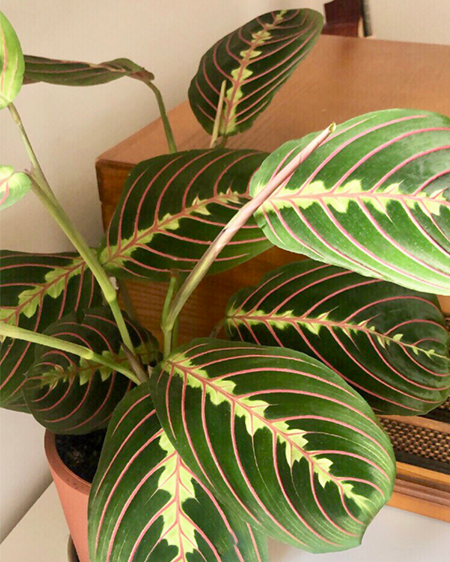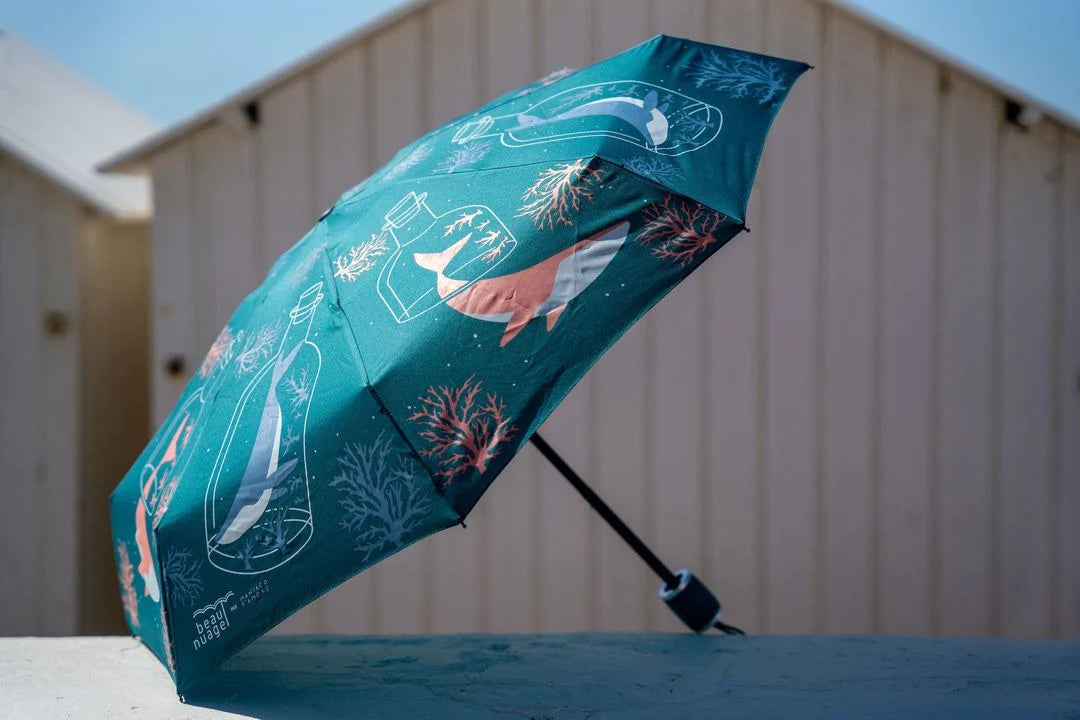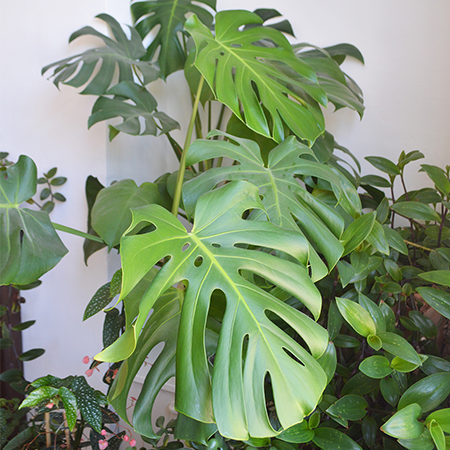HOW TO CARE FOR PRAYER PLANTS
Do you own a Maranta or Prayer Plant and are wondering how to care for it?
We are here to help! This article will explain everything that you need to know about this eye-catching plant and give you some tips so you can enjoy its beauty for years to come.

MARANTA
PRAYER PLANT FAMILY

MARANTA
PRAYER PLANT FAMILY
MARANTA ORIGIN
Firstly, it is extremely important to know the origin of a plant so you know how to best care for it once you take it home with you.
In this case, the Maranta belongs to the Prayer Plant family which is composed of around 550 species of perennial plants. These are native to moist or swampy tropical forests, particularly in Brasil, but also in other African and Asian countries.
Today, we are going to talk about the Maranta Leuconeura. Var. Erythroneura, the prayer plant we stock here are Cuemars.
This stunning looking plant is characterised by its deep green, oval-shaped leaves but especially its striking vibrant pink veins.
SO THEN, HOW DO YOU CARE FOR A MARANTA?
We will be talking about watering, lighting and feeding. Are you ready?

MARANTA IN OUR KNOB PLANTER
PRAYER PLANT FAMILY

MARANTA PLANT LEAVES
PRAYER PLANT FAMILY
WATERING
Marantas are native to moist or swampy tropical forests, therefore, they need its soil to be moist, but not soggy, at all times. Water thoroughly and allow any excess to drain out the bottom so it gets a good drink!
During growing season, Spring and Summer, we recommend you to water your Maranta 2-3 times a week. Reduce the watering to 1-2 times a week in Autumn and Winter months.
This plant loves high levels of humidity. You can achieve this by misting its leaves with tepid water using a Haws mister, and can also place it on a humidity tray. Remember not to leave it sitting on water as this will cause root rot.
Marantas are not fans of hard mineral water, so we recommend you to use distilled or rain water for misting and watering them.
Tip: If you have a balcony or garden you can leave a container outdoors to catch rain water.
ARE PRAYER PLANTS SAFE FOR CATS?
We get this question a lot. Sometimes, finding a non toxic plant for home can be a bit challenging. Well, good news for pet owners! Marantas are non toxic indoor plants and therefore, your furry friends are completely safe around them.
Other non toxic, pet friendly, plants include: Pilea Peperomioides, Kentia Palms, Calatheas and Ceropegia Woodiis.
FERTILISING
As mentioned before, plants let us know when they are thirsty and when they are not happy in their spot at home. However, it is not so obvious when they need to be fertilised. Yes, there are subtle signs, like slow growth for example, but for many plant parents this can easily go unnoticed.
In this case, instead of waiting for a signal from our plants, it is better to feed them during their growing cycle; Spring and Summer.
Marantas can be sensitive so we recommend to use an organic fertiliser as it is milder. However, if you have a balanced water soluble fertiliser at home, dilute it to half its strength.
Tip: When you are fertilising your Maranta, keep an eye on its leaves. If they start to brown, that means that you are using too much fertiliser.
We hope that you found these tips useful!
Please do not hesitate to contact us if you have any questions via our Social Media channels. You can visit us in our Shoreditch plant shop once we reopen but in the meantime, we are delivery house plants to UK residents. Check out our ever expanding plant collection online now, including the beautiful Maranta!





